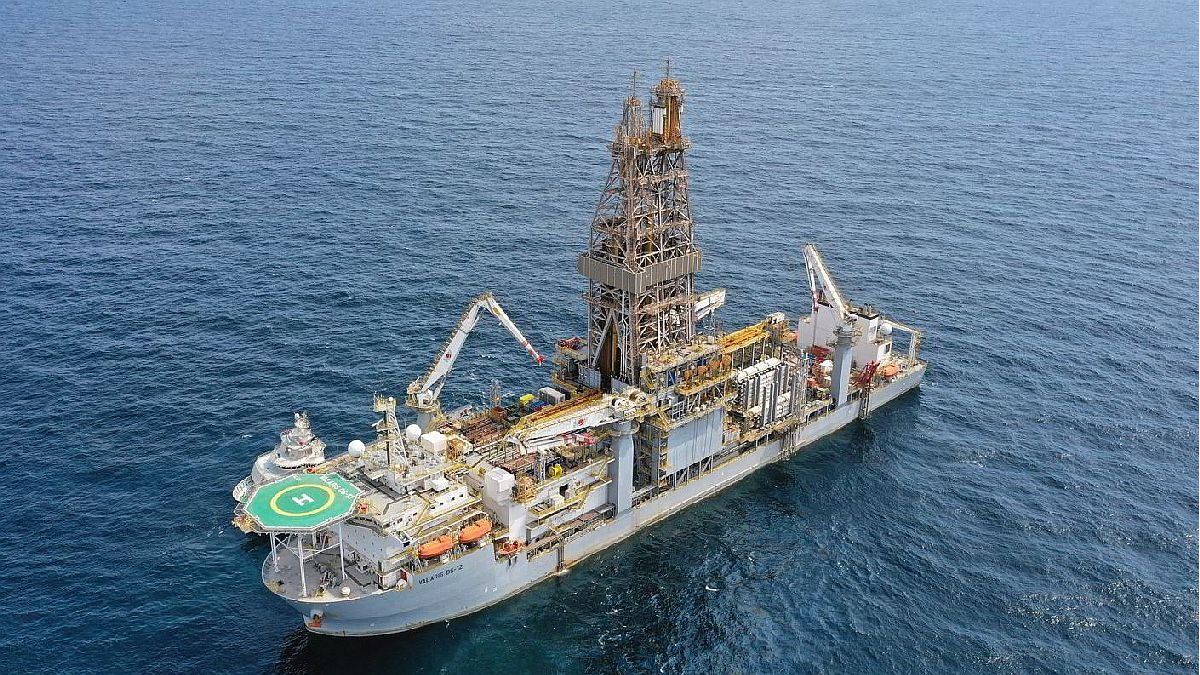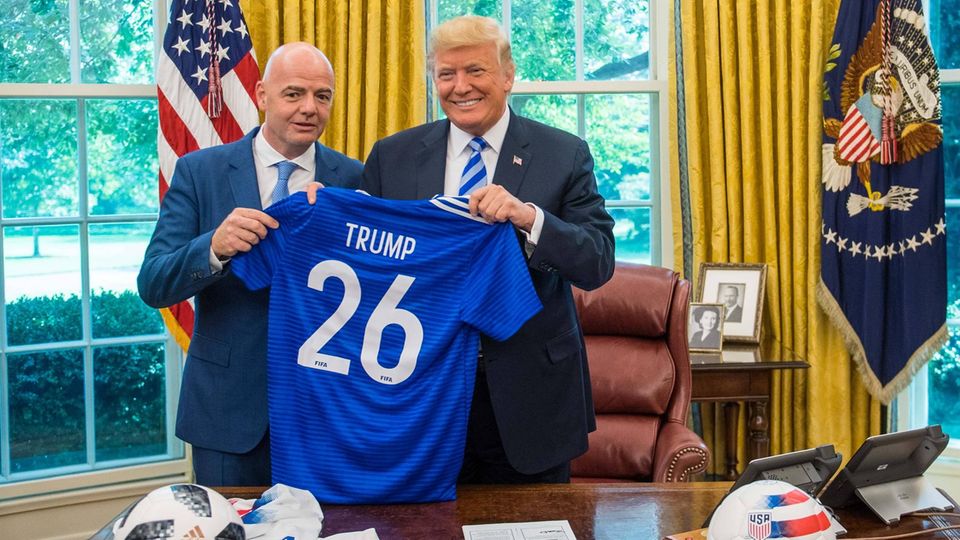He Mar del Plata Energy Cluster estimated that the drilling of the first hydrocarbon well offshore in the Northern Basin of the Argentine Sea and the discovery of conventional oil will open the opportunity to generate investments of US$40,000 million in national components and the hiring of 125,000 workers for the sector over the next three decades.
“The well, which will cost about 100 million dollars, is going to start between next December and June of next year, but the work in the port of Mar del Plata has already begun. The offshore is already happening today, it is not something that is coming in 30 years,” he said. Marcelo Guiscardopresident of the Cluster, during a presentation at the AOG Expo 2023 from La Rural. “This is going to continue to grow and it is going to require a lot of people,” she added.
image.png
Hydrocarbons. Marcelo Guiscardopresident of the Mar del Plata Energy Cluster, revealed that work in the port for offshore activity has already begun on breakwater 3.
Studies on one of the 10 blocks suitable for exploration indicate that the offshore potential 300 kilometers from the Buenos Aires coast is greater than a Dead cow. Following the models of Brazil and Norway and if the finding is verified, in a first stage four floating production storage and offloading units (FPSO) could be installed until reaching 24 FPSO at peak activity, which that will allow a production of up to 2 million barrels of oil equivalent.
According to Guiscardo, the unconventional Dead cow It required some US$780 million in exploration of 87 wells since 2009 to detect reserves for 29,100 MBOE, while the total Argentine offshore could reach 31,000 MBOE. Brazil, with some 2,200 offshore wells, managed to double its crude oil production from 2 to 4 million barrels. Today Argentina produces about 620,000 barrels.
One of the challenges will be to meet the scheduled times. As explained during the presentation, from the delivery of the exploration permit after the bidding of areas to the start of production, it takes between 8 and 10 years. Then begins the operation stage, which can extend for up to 30 or 40 more years. “Only Exxon managed to reduce the entry into production to five, but today it is not a possibility,” he said. Diego Lamacchia, VP of Operations at Liviticus Subsea, another of the speakers. According to Lamacchia, in this first period the investments will total about US$4,000 million until the time comes to define the feasibility of the project (FID) to extract the first drop of crude oil, that could only happen in 2030.
The Mexican Alex Reynafrom the deepwater drilling company Valaris, assured that with an international price per barrel of oil between 69 and 78 dollars, there is 83% feasibility of the projects. “They are long-term investments, and we are all with good wishes. Speaking with Argentine friends, I said that I already have several little roads lit at home so that this well is successful and oil is found, but over time we have to be patient, because If this is how we all want it to be, development is going to take time,” he warned.
image.png

According to Alex Reyna, the VALARIS DS 17 drilling ship built in 2014 that sails under the flag of the Marshall Islands has the capacity to reach 3,657 meters of depth, equivalent to 15 Alvear Torres, of 239 meters each.
Lamacchia assured that the country can have up to 50% local component in the Mar del Plata offshore, although he stressed that it is not easy to reach that level. “Brazil does not exceed 18%. Here they can manufacture jumpers, underwater structures that join pipes, and suction piles, another type of welded steel structure that will be buried in the seabed”, detailed the expert. Furthermore, he estimated that the national State will receive between 58% and 62% of the total profits from this project.
image.png

Diego Lamacchia assured that the best option to promote offshore is for the construction of floating units (FSPO) to be built in modules, abroad, and for the local component to be oriented towards other necessary structures.
Guiscardo celebrated the push by the Secretary of Energy of the Nation to the offshore table and the support of the municipality of General Pueyrredón, the Prefecture, the Navy, the Port Consortium, more than 60 cegestista unions, the five universities and the institutes of research people from Mar del Plata involved in the project and the 70 local companies that want to participate in the initiative. But above all, he celebrated the recent ruling that rejected a precautionary measure from the Environment and Natural Resources Foundation (FARN) to stop offshore hydrocarbon exploration and exploitation.
Source: Ambito




